Grow These 14 Late Summer Flowers for Show-Stopping Blooms Now All the Way Through Fall
A flower expert shares which late summer flowers will make your garden shine all the way into fall! Grow these 14 varieties for beautiful blooms all season.
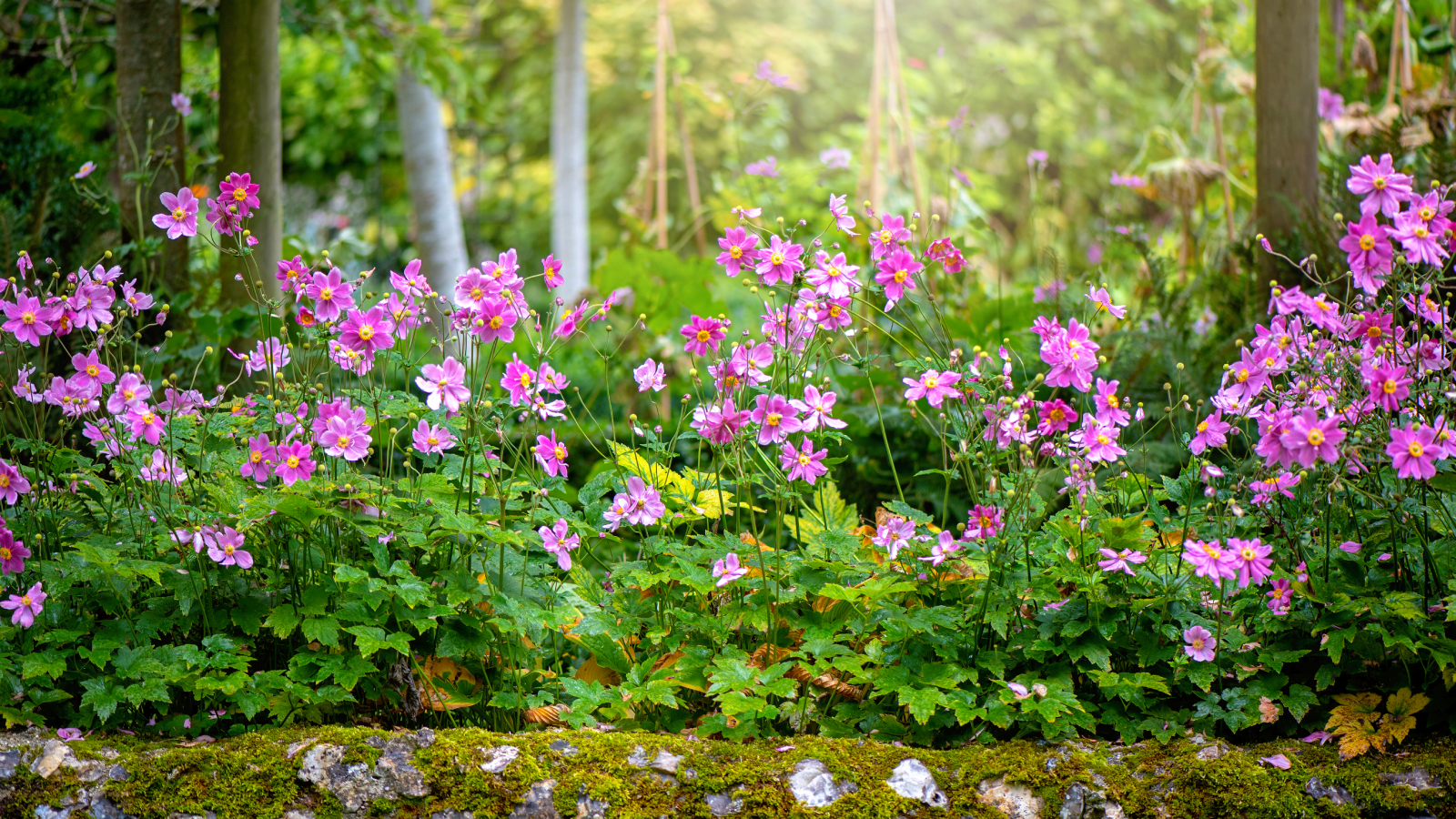
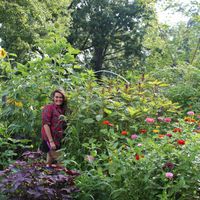
Laura Walters
Accounting for bloom time is one of the most important aspects of planning a flower garden. While some plants will flower throughout the entire growing season, many others are limited to a few short months or even weeks. That’s why late summer flowers are an essential aspect of the landscape.
Planting late summer flowers is a certain way to ensure vibrant color in the ornamental garden until the arrival of the first frost in fall. These beautiful summer-blooming plants that last into fall add much-needed color and appeal to beds as the growing season nears its end. And annual and perennial flowers that bloom later in the season help also support pollinators and wildlife for longer.
We’ll take a look at some of the most popular and dependable flowering plants for late-season color, some of their care needs, and my favorite cultivars to grow.
Best Late Summer Flowers
The best late summer flowers are species that bloom throughout the hottest days of August and on into September as the days grow shorter and the temperatures cool. Here are some of the top candidates to add to your garden for stunning blooms that will carry over from summer to fall.
1. Asters
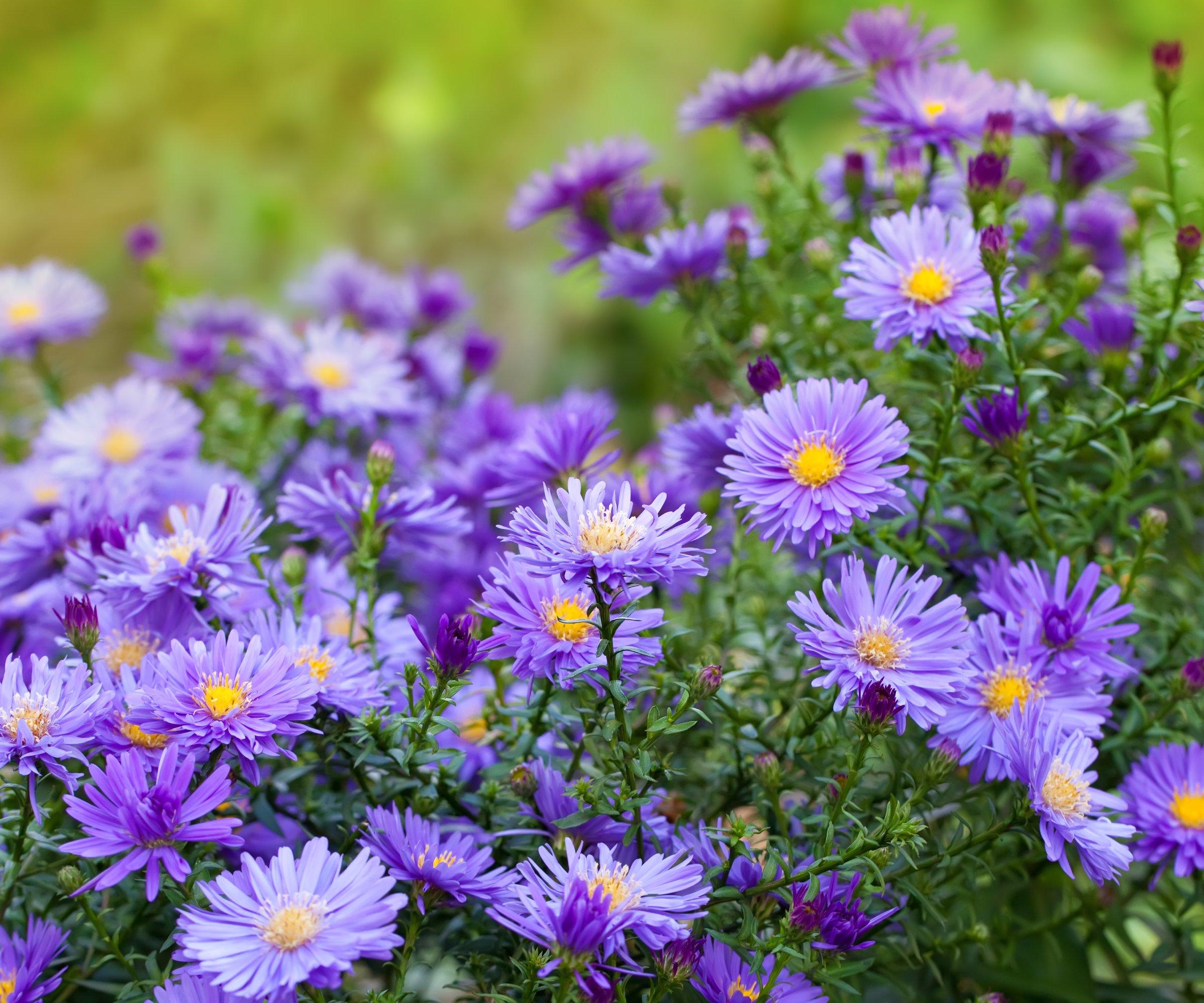
Asters make for a show-stopping addition to the late summer and fall landscape. Perennial varieties are hardy to USDA growing zones 3-8. Established plants grow to form large shrubs, each covered in a profusion of color. Daisy-like blooms attract large numbers of beneficial insects, serving as an invaluable source of food until frost.
Some of my favorite cultivars for the garden are ‘September Ruby,’ ‘Wedding Lace,’ and ‘Harrington’s Pink,’ which you can get as a potted plant, bare root plant, or seeds on Etsy.
2. Celosia
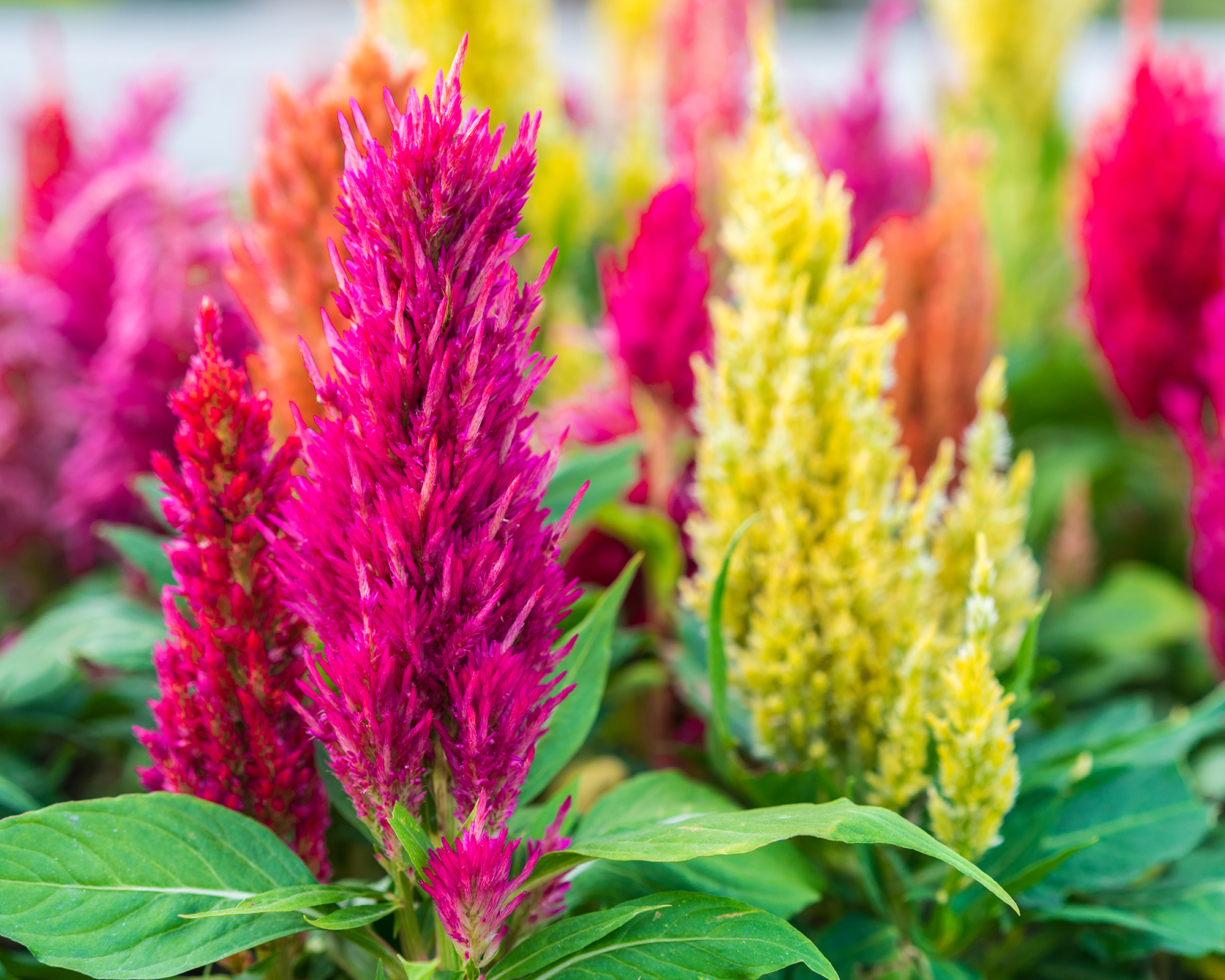
Among the most colorful flowers that bloom in late summer, celosia plants afford gardeners an exceptionally stunning palette. Species range in form from the cockscomb types to the types with pointed sprays of brightly-colored blooms.
Sign up for the Gardening Know How newsletter today and receive a free copy of our e-book "How to Grow Delicious Tomatoes".
You can grow celosia from seed very easily as long as you give them consistent moisture and adequate warmth. While tall types work best in mixed borders, dwarf varieties are well-suited to use in pots and containers.
3. Coneflowers
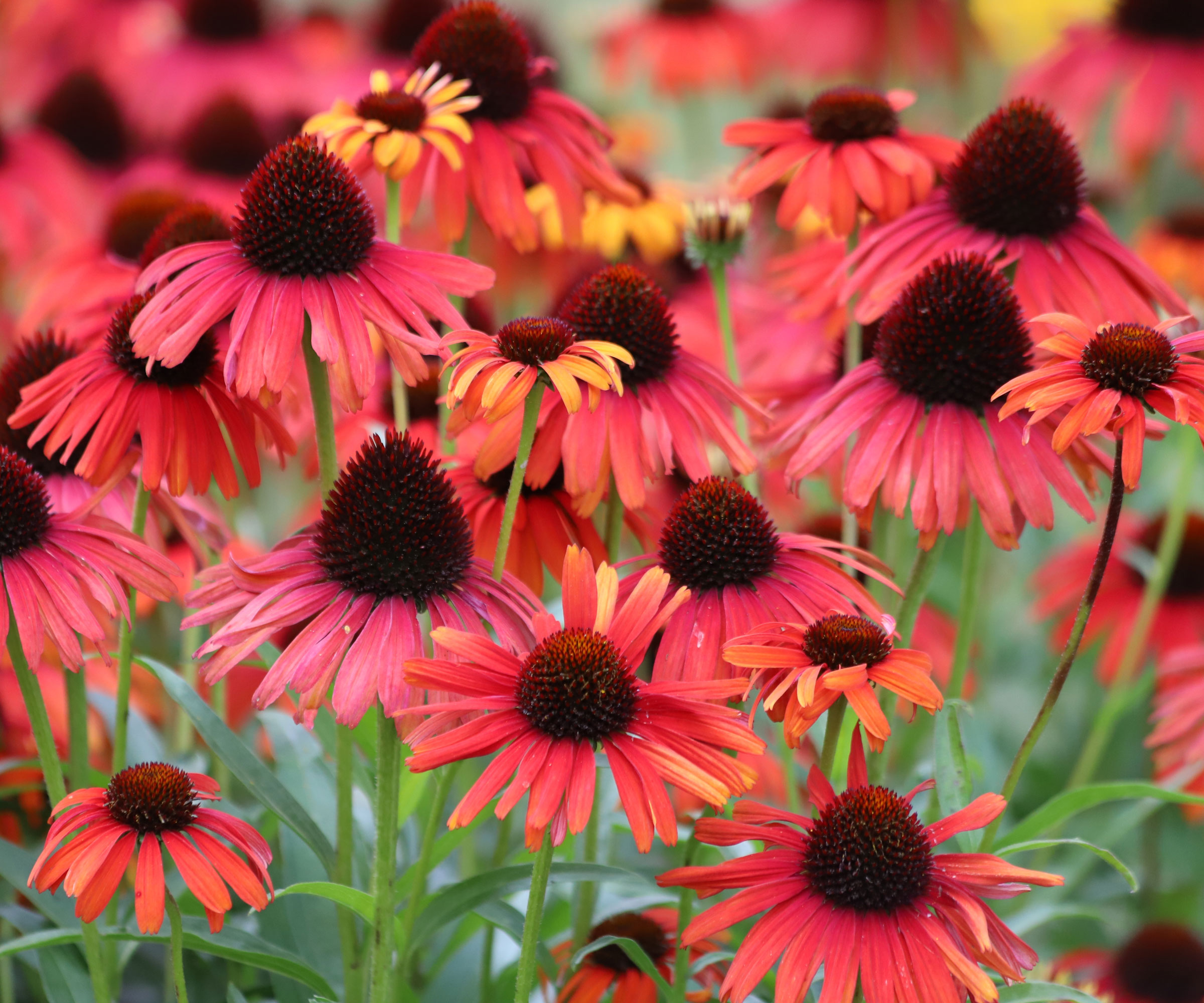
A favorite among gardeners, coneflowers (Echinacea purpurea) make for an especially attractive addition to pollinator gardens or any late summer landscape. This is due to their extended bloom period and unique ability to attract bees, butterflies, and hummingbirds.
They’re also very easy to grow, hardy to USDA zones 4-9, and resistant to disease. Some of my favorite cultivars of coneflower include ‘Avalanche,’ ‘Hot Papaya,’ which you get from seed from Walmart, and ‘Cheyenne Spirit,’ which is available in the Gardening Know How Shop.
4. Cosmos
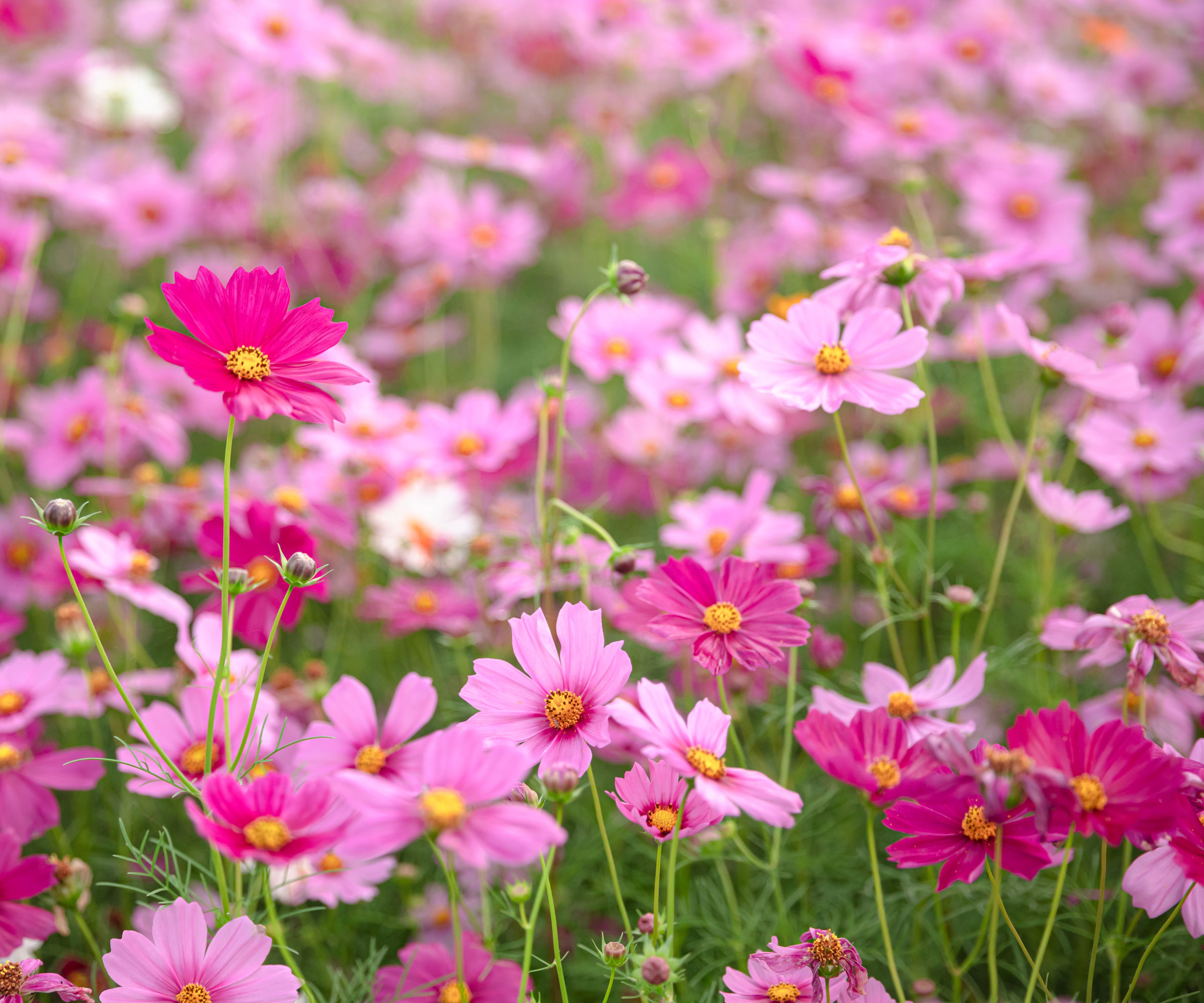
When sown directly in spring, cosmos are beloved for their extended bloom that lasts through late summer and into fall. With routine deadheading, you can expect a continued production of blooms all season long.
Cosmos serve as a source of food to both birds and insects, even as the weather begins to cool. These flowers are especially attractive when used in containers or cut in flower arrangements and bouquets.
My favorite cultivars of cosmos include ‘Apricot Lemonade,’ ‘Collarette,’ and ‘Sensation Mix,’ which you can buy as seeds from Burpee along with many other stunning choices.
5. Chrysanthemums
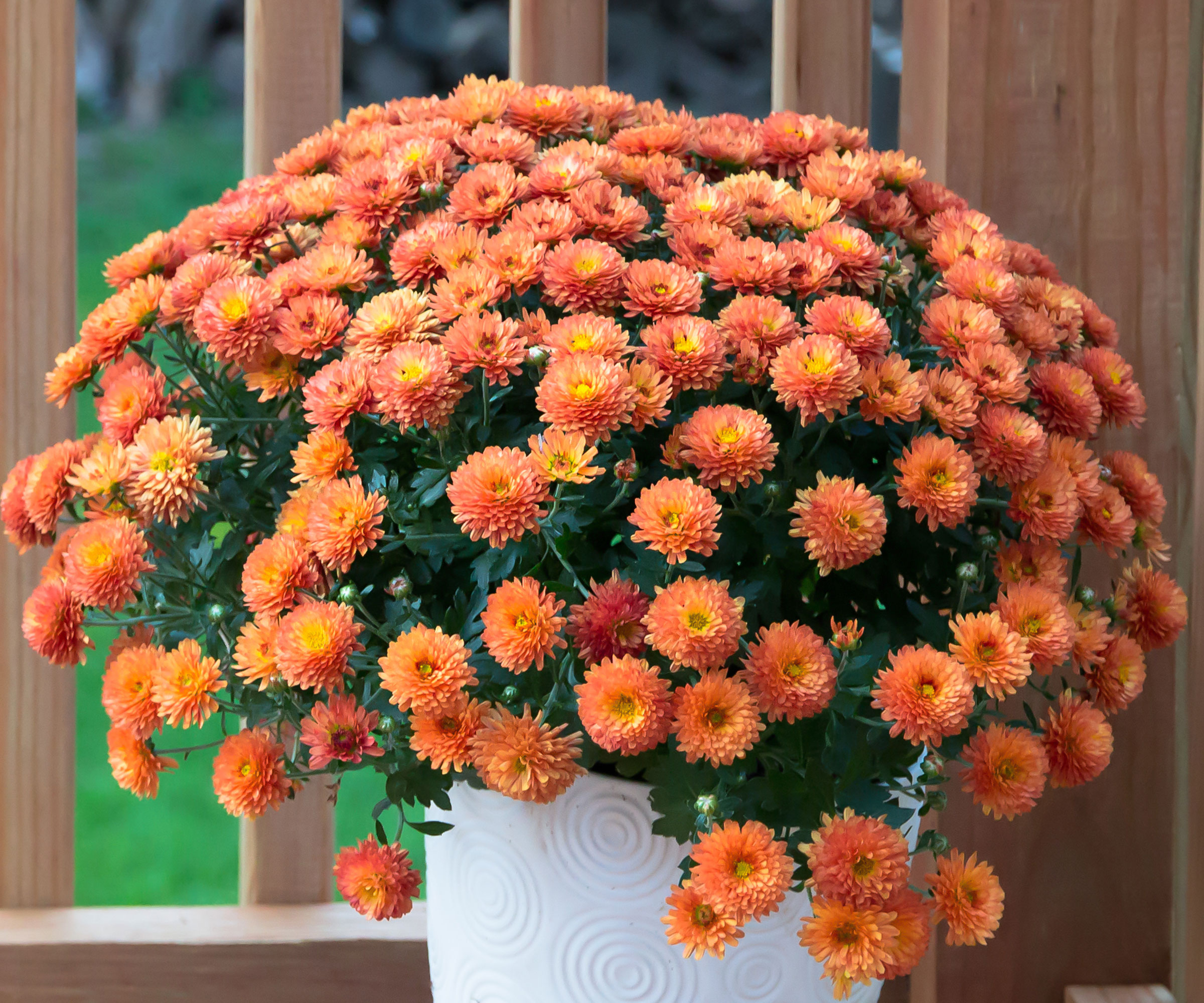
Chrysanthemums breathe color and life into late-season landscapes. Often grown as potted plants, mums are usually found at the end of summer or beginning of fall and are used to decorate porches and patios. Though plants do thrive in containers, overwintering mums in pots can be difficult.
You can plant mums in the garden in spring and hardier varieties will behave as perennials. Most chrysanthemum varieties are hardy in USDA zones 5-9.
Shop fall mums in decorative pots from Better Homes & Gardens at Walmart.
6. Dahlias
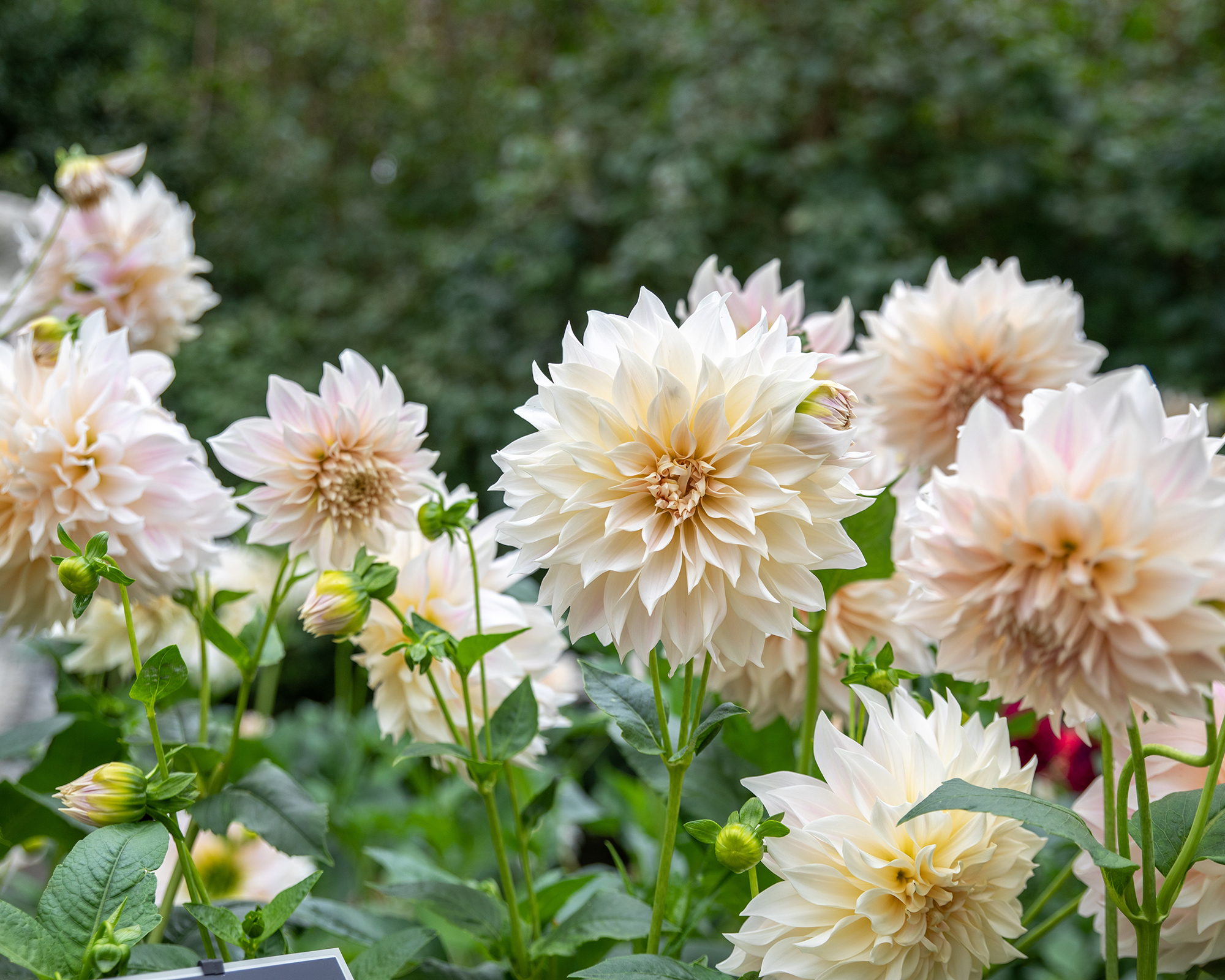
Thousands of named dahlia cultivars are available to home gardeners nowadays. It is for this reason that plants remain among the most popular late summer flowers. Diversity within the species furthers this classic garden plant’s appeal, allowing gardeners to easily craft beds true to their desired aesthetic.
Though plants are hardy only to USDA zones 8-10, gardeners living elsewhere have found success treating these flowers as annuals or lifting bulbs for storage each fall.
Some of my favorite dahlias include ‘Cafe Au Lait,’ ‘Peaches and Cream,’ and ‘Fairway Spur.’ Explore a wide array of different dahlias you can buy as tubers or seeds on Amazon.
7. Helenium
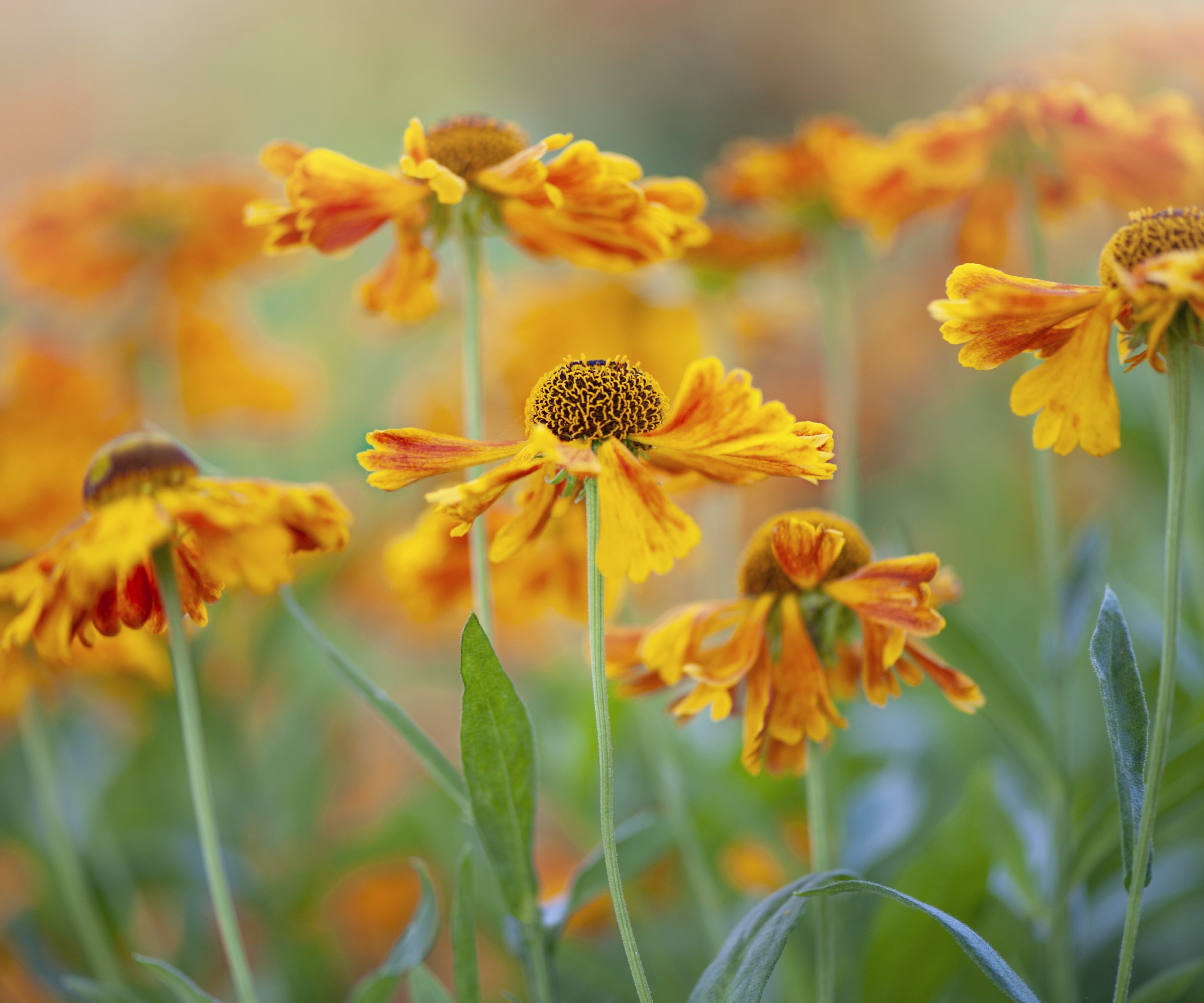
Native to much of North America, many may already be familiar with sneezeweed (Helenium amarum). This late summer flower is best recognized by its bright, daisy-yellow blooms, which are especially attractive in wildflower gardens, naturalized beds, and meadow plantings.
Helenium is generally considered easy to grow, even from seeds, which you can find on Amazon. It’s also a perennial that multiplies with ease where growing conditions are ideal. Established plants return dependably in USDA zones 3-9.
8. Tithonia
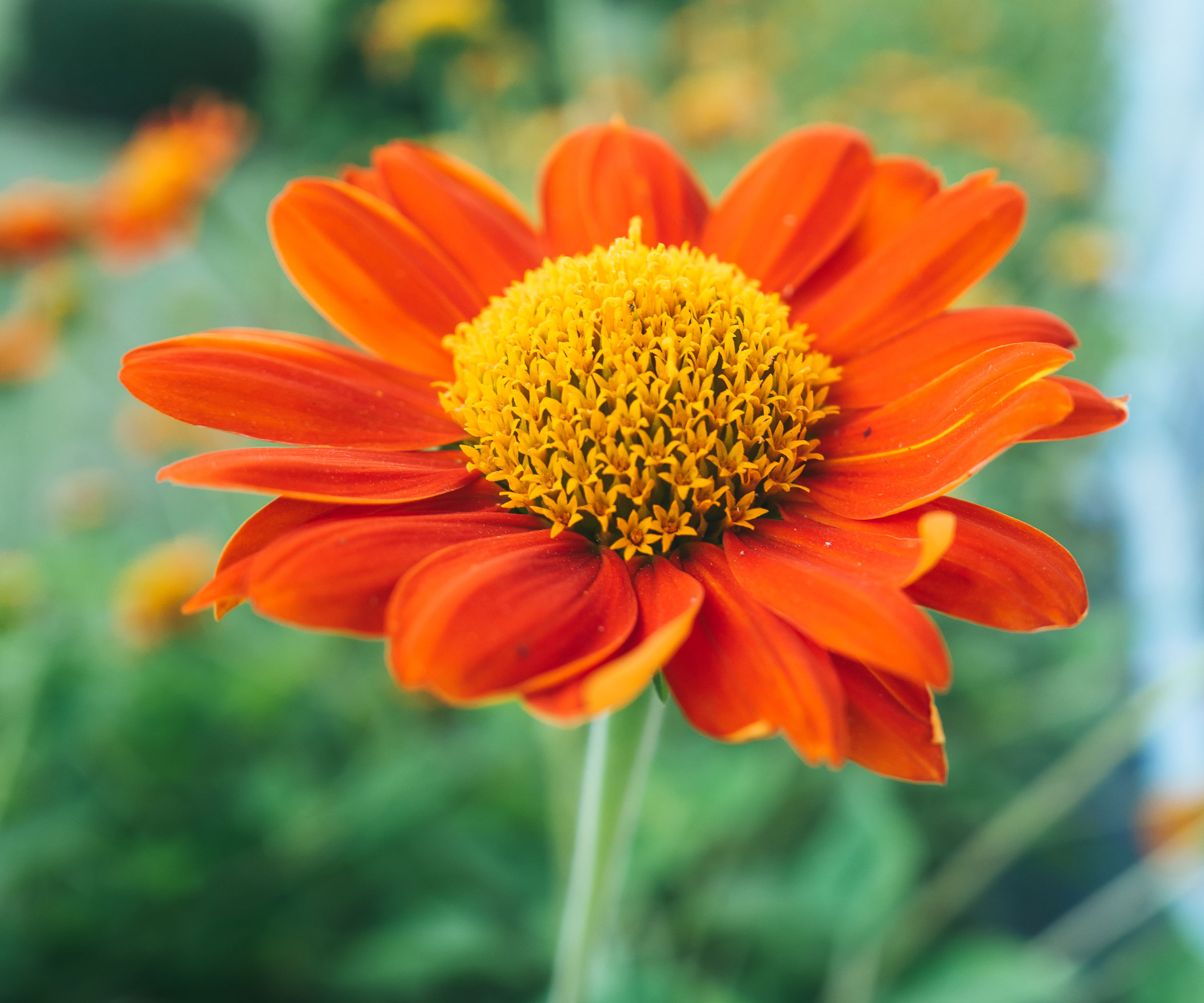
Annual tithonia plants, also known as Mexican sunflowers, serve as a veritable haven to late-season pollinators. This includes migrating monarch butterflies that find this plant extremely attractive.
Prolific production of flowers furthers this plant’s appeal. Blooms only cease with the arrival of the first frost. My favorite cultivars are ‘Red Torch’ and ‘Yellow Torch,’ both of which you can buy from seed on Amazon.
9. Coreopsis
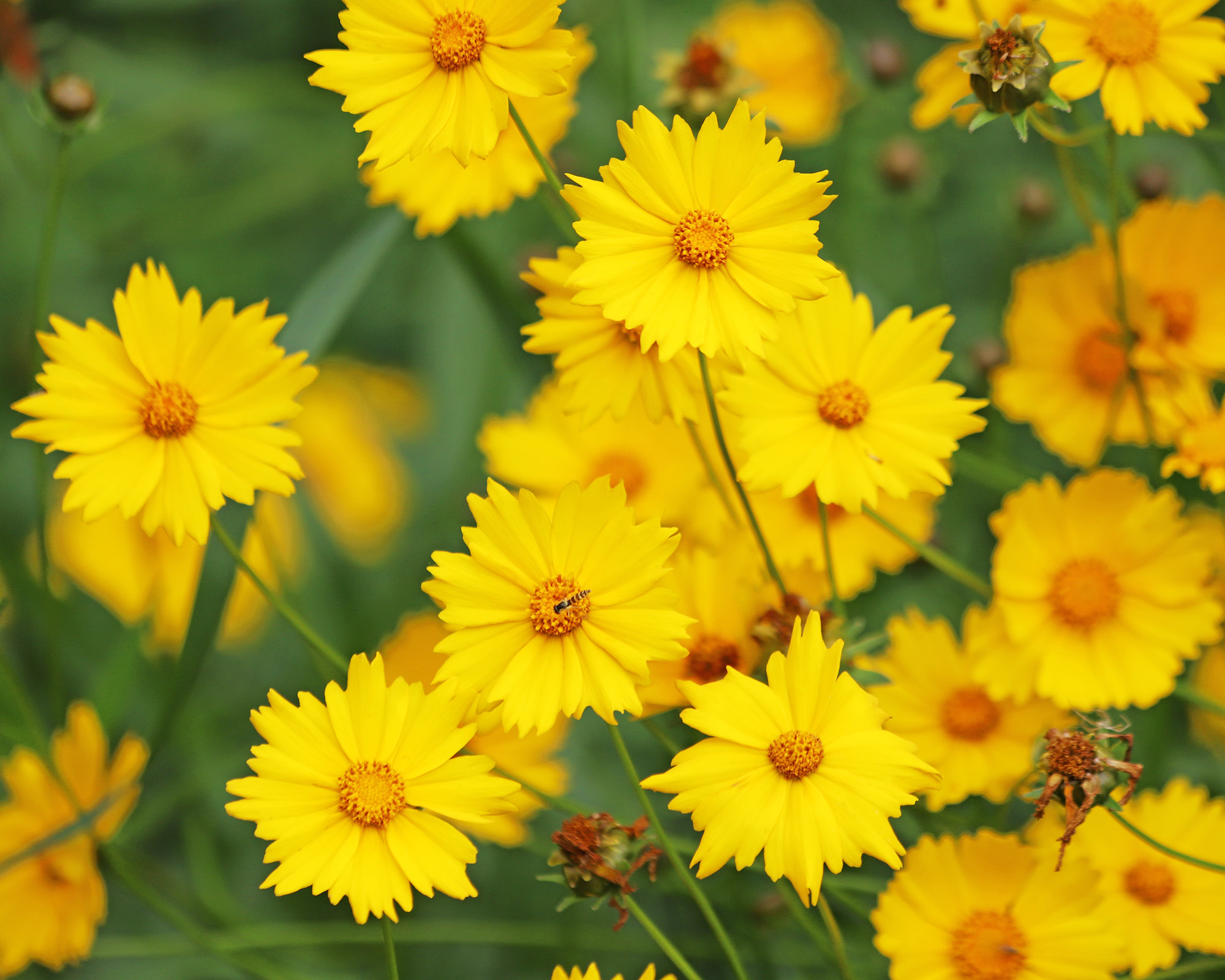
Most perennial types of coreopsis bloom from August until the first frost. Coreopsis is well adapted for growth in native wildflower gardens. It will also grow exceptionally well in regions that experience prolonged periods of heat, drought, or that suffer from poor soil fertility.
Plant a pretty red and yellow flowering ‘Uptick Red’ coreopsis from Better Homes & Gardens at Walmart for a lovely late summer display.
10. Goldenrod
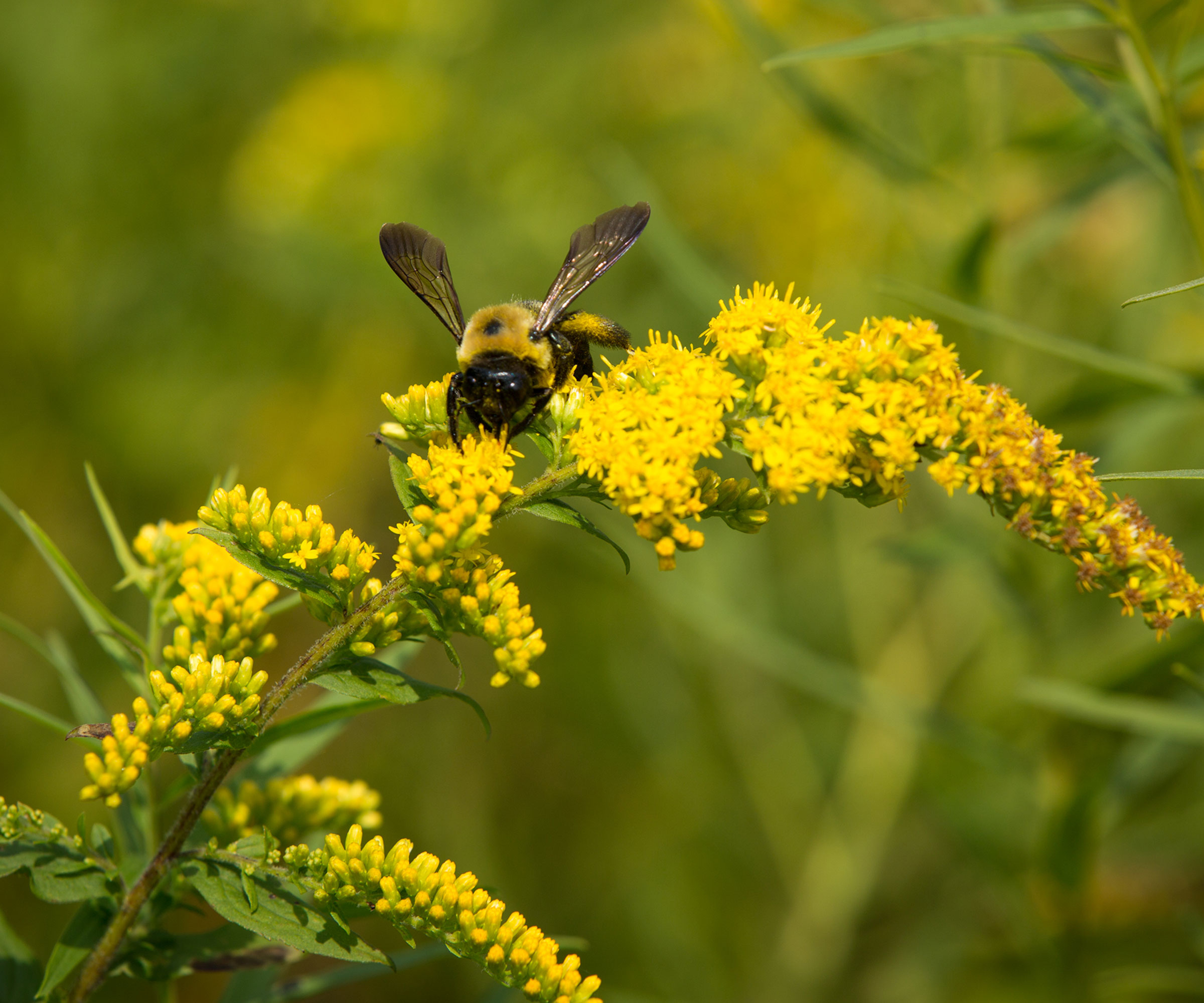
Native to many regions, goldenrod is known for its bright yellow color that blazes in late summer and early autumn. In addition to its ability to attract butterflies, goldenrod’s easy growing needs makes it a good choice for naturalized landscapes.
Before planting it is important to note that goldenrod is considered invasive in some places. Keep an eye on this aggressive grower or consider a different yellow native flower instead, like coreopsis.
Sow goldenrod seeds, like these ones from Amazon, in fall for plants that will grow the following spring and summer.
11. Japanese Anemones
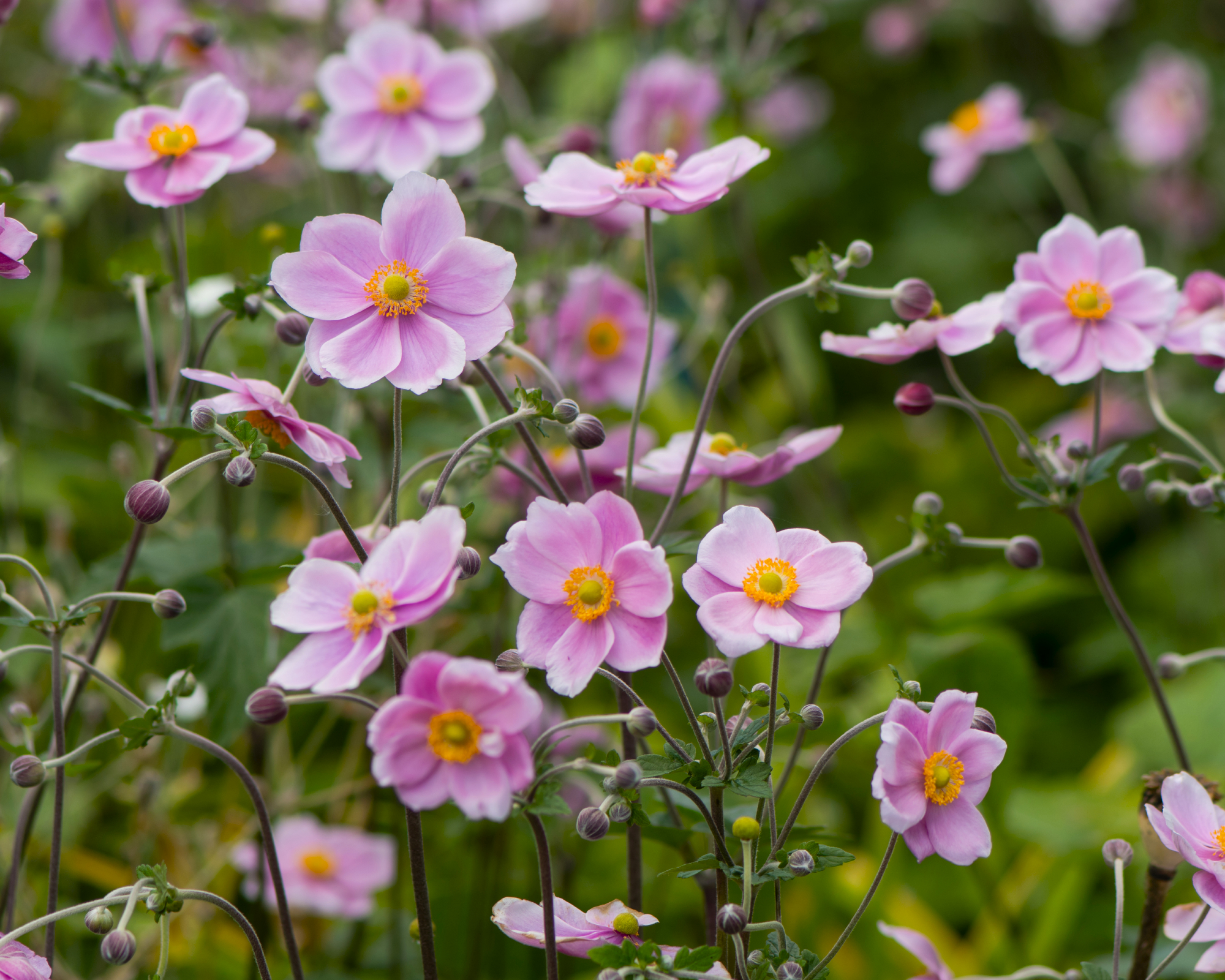
Japanese anemones produce small, daisy-like flowers atop wiry stems. These flowers are available in white and various shades of pink-purple.
Japanese anemones look elegant in the late summer and autumn garden and provide show-stopping blooms that last several weeks. They’re a very welcome addition to late summer and early autumn gardens that are usually past their peak when these late bloomers are in full glory.
Try the ‘Sweetly’ Japanese anemone from Proven Winners on Amazon for dazzling double blooms that will enliven any late-season garden.
12. Rudbeckia
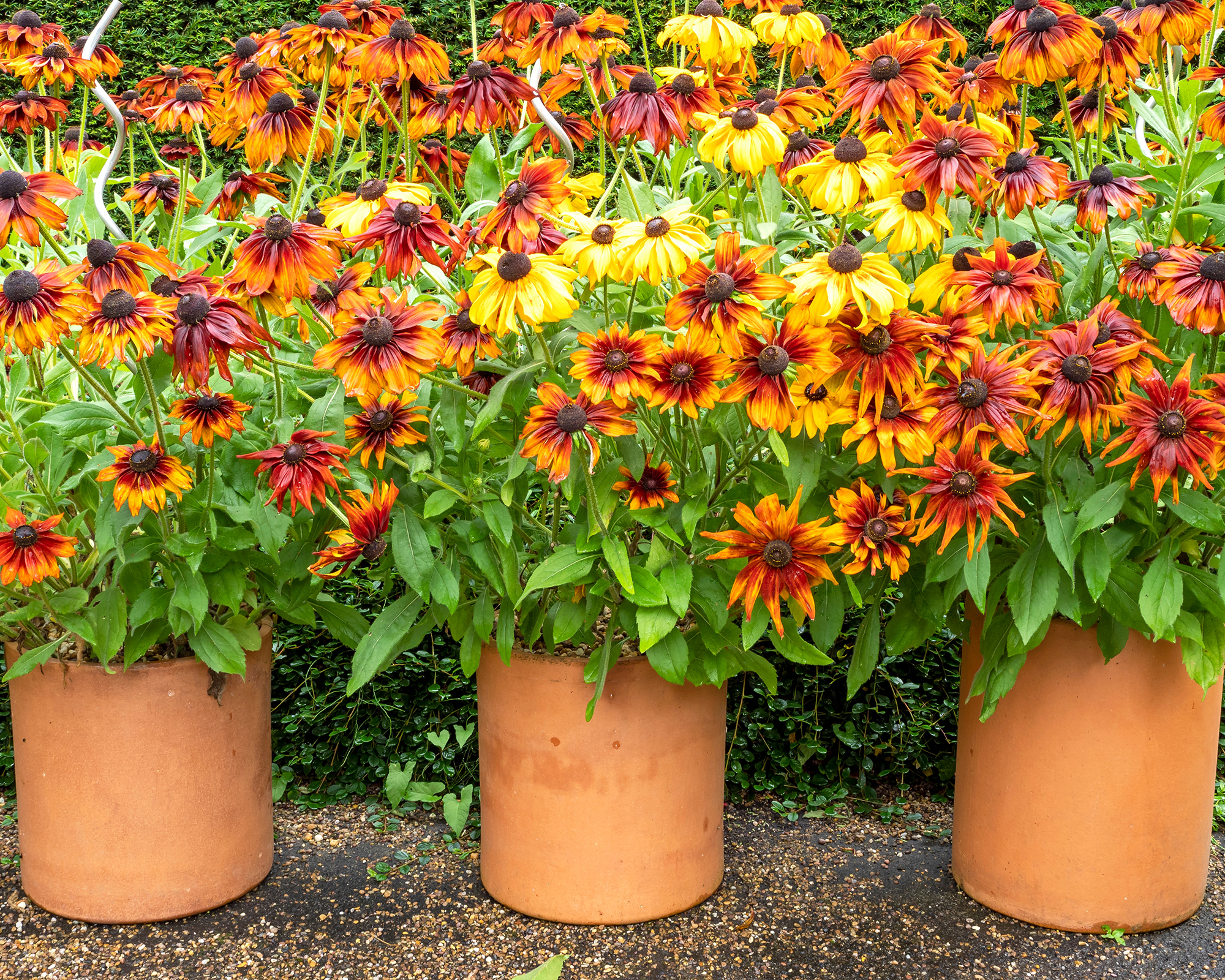
Annual and perennial rudbeckia flowers, also known as black-eyed Susans, are good selections for fall bloom in most growing zones. Ranging in shades of yellow, orange, burgundy, and brown, there are many varieties of black-eyed Susans that can create a beautiful atmospheric display in late summer and autumn flower beds.
13. Sunflowers
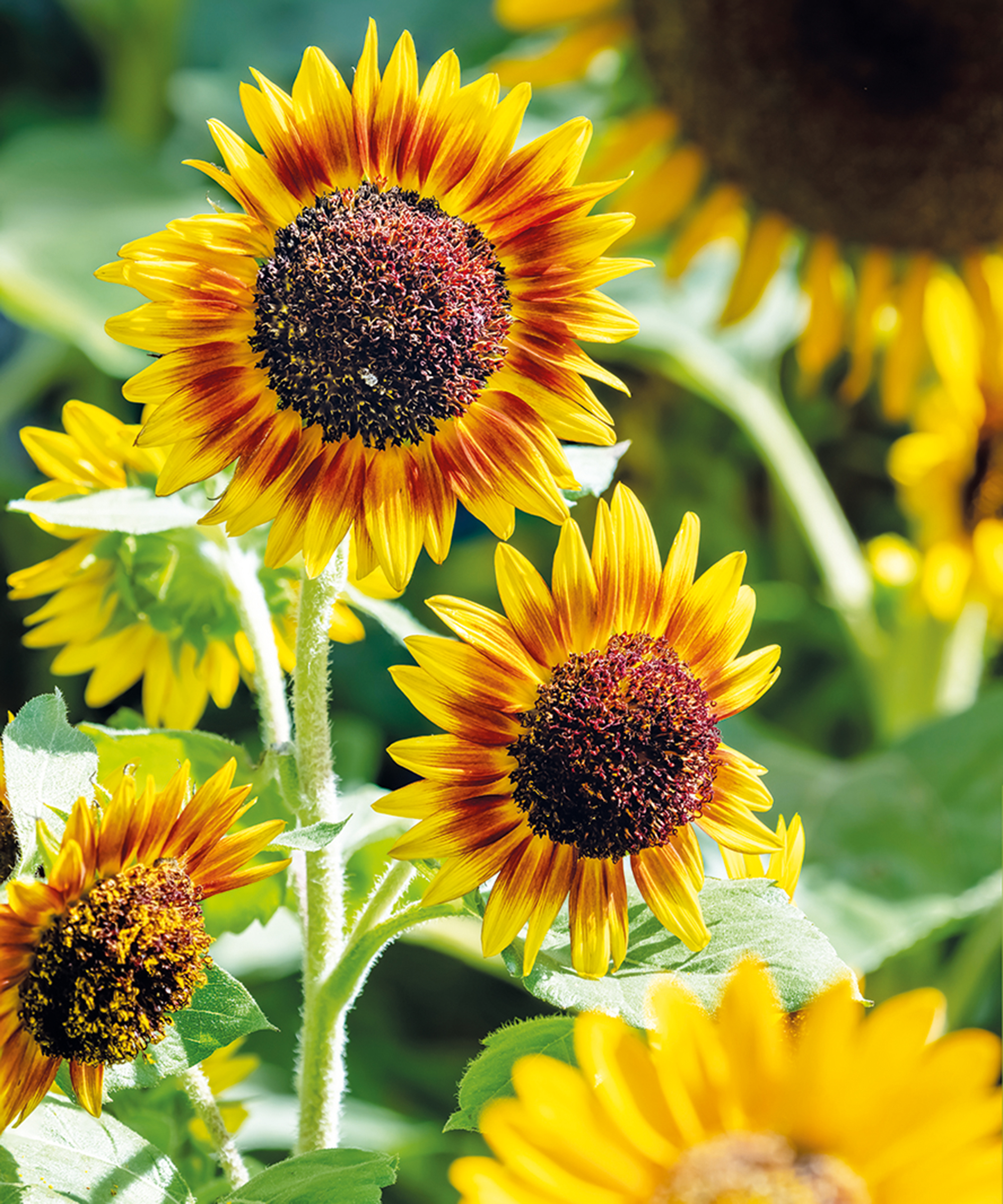
Sunflowers are a staple in the late summer garden. Bright yellow flowers give way to large seed heads that you can harvest and eat or leave as a yummy snack for wildlife. Sunflower seeds are especially attractive to late-season birds, which feed on the flowerheads from fall into early winter.
14. Zinnias
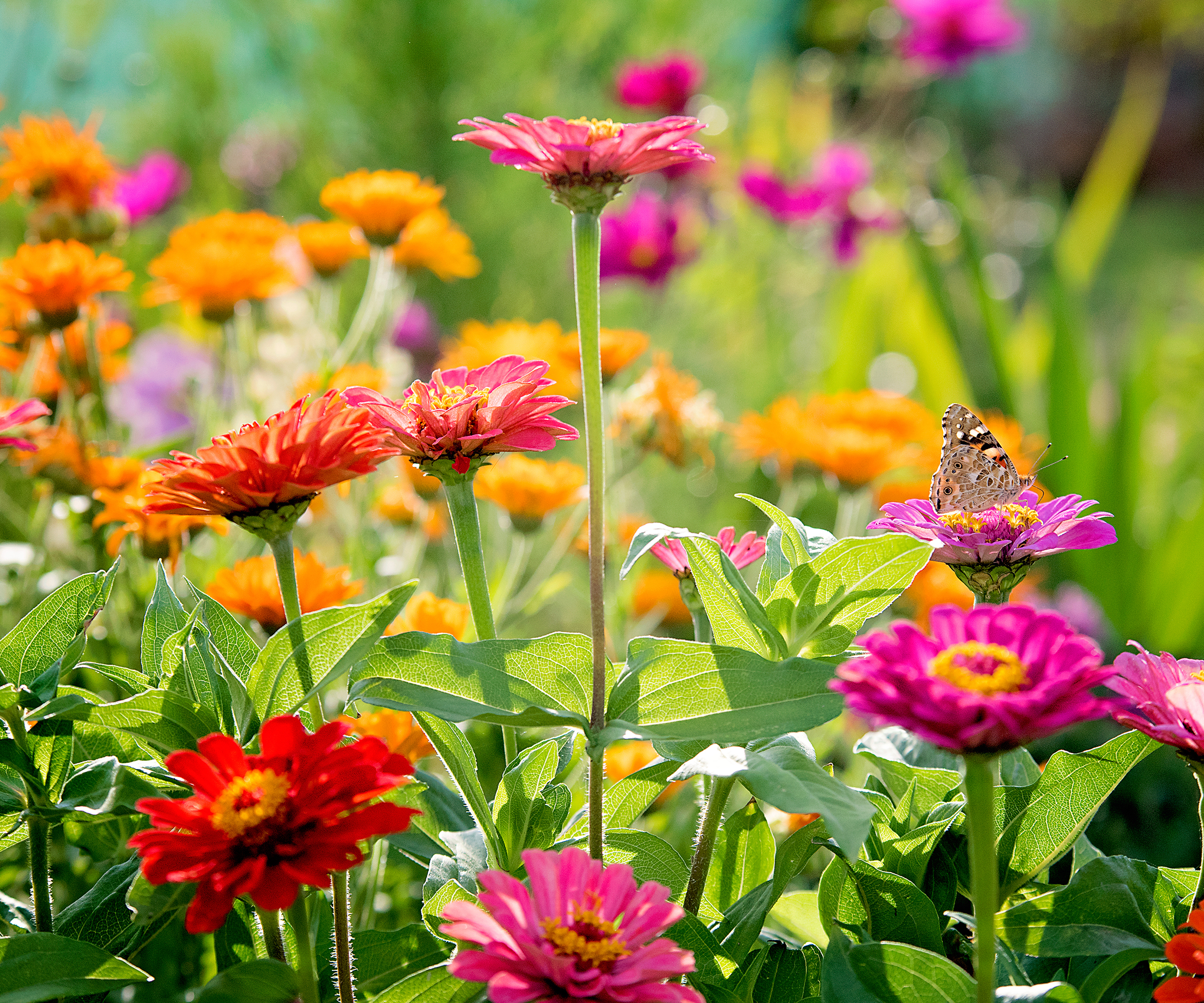
Yet another classic garden plant that produces all the way into fall, zinnias will put out beautiful blooms until the arrival of the first frost.
Since zinnias range widely in color, these plants often serve as complementary components in existing borders or flower beds. These easy-to-grow, drought-tolerant flowers are a fantastic addition to any garden bed.
This article features products available from third party vendors on the Gardening Know How Shop. Keep in mind that our plant inventory is limited—so if you’re thinking of purchasing, don’t wait!
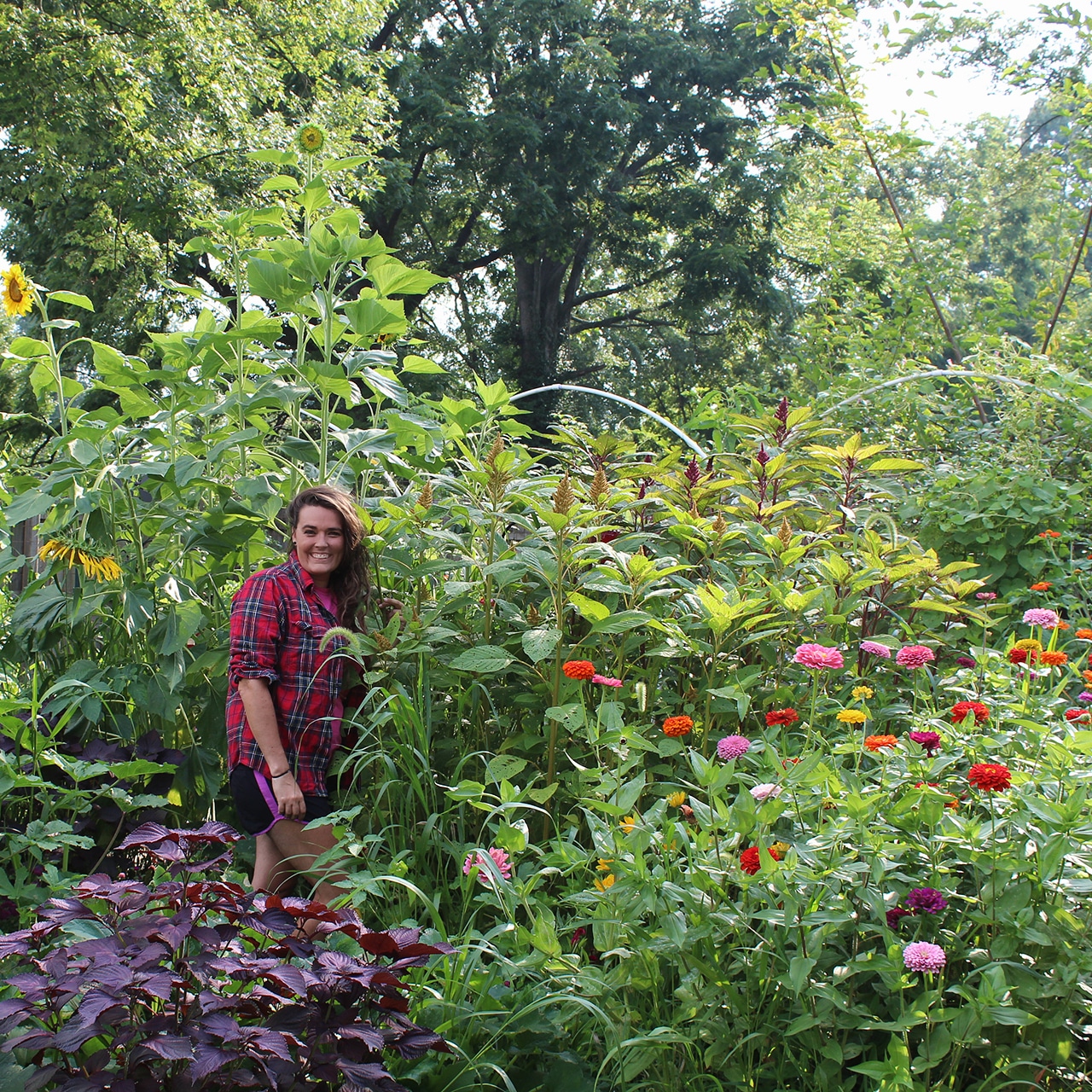
Tonya Barnett has been gardening for 13 years. Flowers are her passion. She has transformed her backyard into a cut flower garden, which she regularly chronicles on her YouTube channel http://www.youtube.com/@tonyawiththeflowers.
- Laura WaltersContent Editor